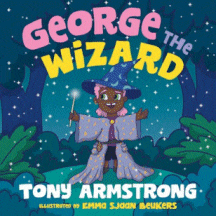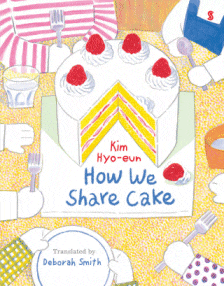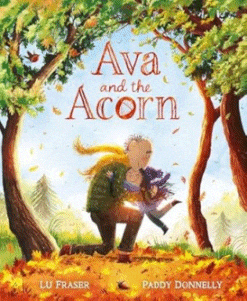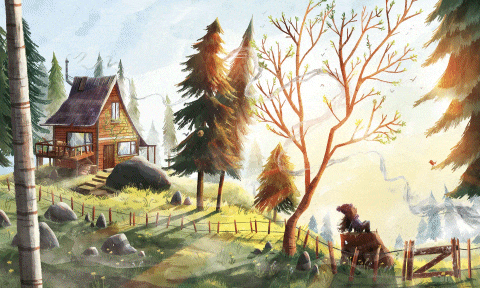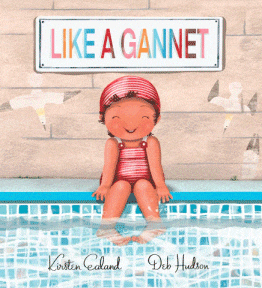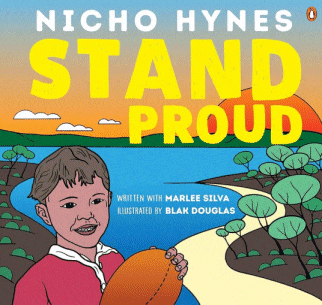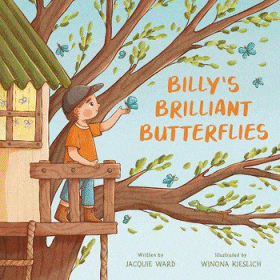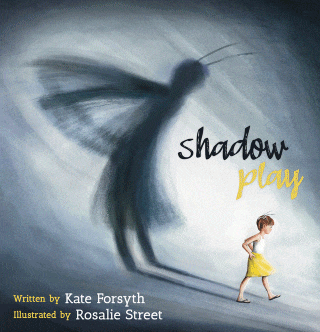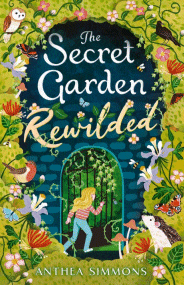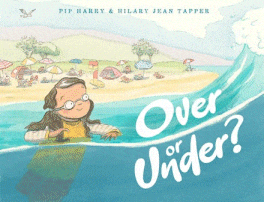
Over or Under?
Over or Under?
Pip Harry
Hilary Jean Tapper
Lothian, 2024
32pp., hbk., RRP $A24.99
9780734421807
I’m jumping waves at the beach with Dad.
If they’re small I can leap over their frothy peaks.
Easy!
But further out, when they’re big, you have to duck dive under.
It’s time for a break at the beach, and Maisie is learning to navigate and negotiate that waves as they constantly roll in Some are gentle and float her off the sand but then comes one that is a bit more vigorous and she has to make a decision to go over or it or under it. Before she makes up her mind, it has her in its grasp and she is tumbled over and over, unsure which way is up until Dad’s strong hands guide her and take her to shore. And like any of us who has been dumped in that fashion, Maisie decides to spend the rest of the holiday close to mum and safely onshore. But come the last day, does she have the courage to venture into the waves once again?
This is a story that will resonate with many young readers as they start to look forward to a long hot summer at the beach, maybe because they find the waves and their endless motion as though they are the planet’s heartbeat, either exhilarating or daunting. There will be few who have not been dumped and experienced that momentary panic as they seek the surface, and the relief as someone’s hands guide them back to shore. They will also understand Maisie’s dilemma as she wants to be both safe with her mum but also out there with her dad, so this is a time to review and reinforce those rules for safe swimming that are provided on the final page.
But then, just as the sea has many levels, this is written by Pip Harry who gave us both August and Jones, and The Little Wave, and so as well as being Maisie’s story, it is also one for older kids who find themselves being knocked about by the waves of life and having to dig deep and find the resilience and courage to put their toes in the water again. End of year can bring extra stress for many as the safe haven of school and its routines are not there, Christmas holidays with their emphasis on family togetherness can mean heartache and hurt, and the uncertainty of the new year, perhaps with a new school, as well as any number of other factors. So while there is the surface level of Maisie’s experience and the re-iteration of water safety, perhaps it’s an opportunity to review strategies and services that older students may need to draw on during this time. And, just as Maisie’s dad is there to help her up, and her mum there for a safe refuge, there are those who can offer them similar help.
In her blog post about the book’s birth, Harry says she likes ” to imagine that Maisie goes on to become a strong ocean swimmer or surfer and it’s that special, triumphant day on the beach that ignites a lifetime of connection to the coast. ” But it just might be the impetus for someone else to dip their toe in the water – so to speak – to try again, to try a new way, or to try something new altogether and celebrating each step conquered. Or maybe, just learn to pick their battles – which ones do we float over, dive under or face head on – at the risk of being dumped.
An excellent example of a picture book being for all ages.
